The Summer In Italy Newsletter

A Magical Elixir
While most everyone has heard of luscious limoncello, another digestivo involves walnuts, magic, and a good dose of ancient lore. A rich, dark liqueur made from walnuts, the legends of Nocino are tied to saints and sorcerers; the origins are said to date to the Romans, though some say it has French roots, and still other claim it was Celtic and tied to a "mid-summer night's eve". It's easy to believe that theory, since the walnuts are traditionally picked on the eve of St. John's day, which is June 24. Either way, there's a lot of legend tied to that bottle of brew!
What is Nocino. Pronounced "no-CHEE-no" it is a liqueur made from walnuts while they are still green and tender. They're infused with herbs in alcohol and sweetened. While some claim it comes from Emilia-Romagna region, it is common from north to south. The monasteries in the Middle Ages and beyond used to make healing tinctures, among them nocino, which, in addition to aiding digestion (a digestivo), is said to also have anti-bacterial, anti-parassitic, and anti-viral properties, too.
The Lore. There once was an enormous walnut tree in Benevento called appropriately il grande albero di Benevento. Around it, on the night of June 23, it is said sorceresses came and danced barefoot below the branches in a pagan rite that so irked the area's cardinal that he ordered it cut down and the roots pulled out. The harvesting of the nuts occurs on this evening still, and is tied the summer solstice, the shortest night of the year.
Rituals and Recipes. Today, the ancient, mysterious rites are still upheld to a degree. Though few people go out and dance under the trees, some women do still harvest the walnuts barefoot, as their many preceding generations did. Not coincidentally, the water of St. John is also made on this night, so the collecting of flowers and harvesting of green walnuts blends together on this magical evening. (We told you about that in a previous newsletter.)
The tradition holds that the walnuts must be harvested by hand by women. Barefoot. On the eve of St. John's Day. Only an odd number (NEVER even!) of walnuts should be used. Like the flowers for the acqua di San Giovanni, the walnuts should be left out to be touched by the holy dew during the night. Then in the morning they are cut and put to macerate. Then wait for it to mature; it is ready just in time for the chills and ills of winter, both of which nocino is supposed to help ward off. At the very least, it helps your stomach adjust after a heavy meal. And if you want to indulge in some mystic dance rites while making it, so much the better for the magic of the solstice and the flavor of the historic elixir. Cin cin!
(Nocino Recipe below.)

Italian Wisdom
"È un gioco da ragazzi!"
(It's child's play! Or, 'it's a piece of cake'!).
You Have To Be Italian When...
...you know at least ten expressions that everyone will understand but that don't involve any words!

Recipe for Nocino
So- magic, dancing and sorcery aside, how do you make an authentic batch of Italian nocino? Here is the traditional recipe.
19 Green walnuts, picked on June 23 or June 24 (but no later!) You can use 13 or 15, but always an odd number. Wear gloves! Despite being green, when cut open, the emit a substance that will stain your hands black!
7 cloves
7 coffee beans
1 vanilla bean piece
1 cinnamon stick
1 shaving of lemon peel (some use orange peel. others eliminate this altogether)
1 bottle alcohol (grain alcohol, vodka or white rum)
Put all the ingredients in a tightly closing glass container and seal. Shake the jar every day.
On August 3, filter the solid pieces from the alcohol infusion. Add a simple syrup (made from 1 part sugar to 2 1/2 parts water; simmer until all the sugar is dissolved; cool.)
Leave the sweetened elixir in a cool dark place to mellow until winter. It is ready to drink on the winter solstice but not before. It is even better when left to mellow for a full year (or more!), so we recommend setting aside a bottle to see how different and smoother it tastes when aged!
Culture Shock
In Italy, the vegetables (including salad) are usually served after the main course. Don't be surprised to get your salad and side dishes after you've eaten your pasta or main dish!

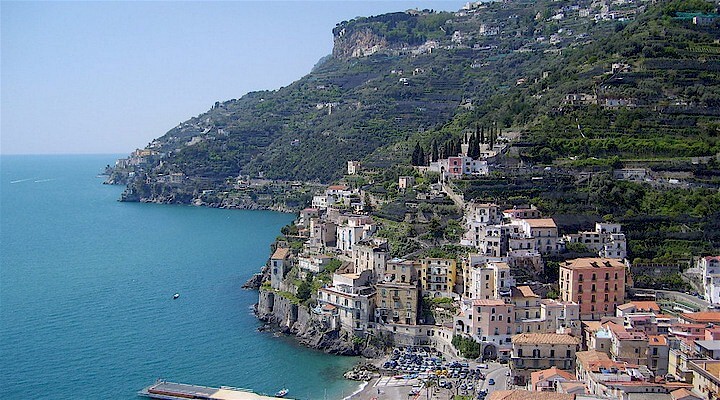 Amalfi Coast
Amalfi Coast Sorrento Coast
Sorrento Coast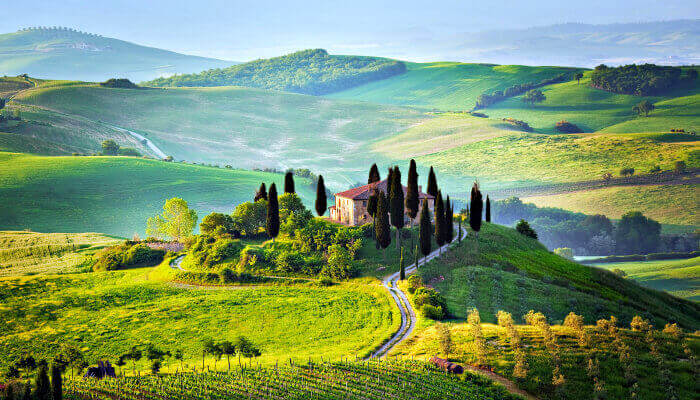 Tuscany
Tuscany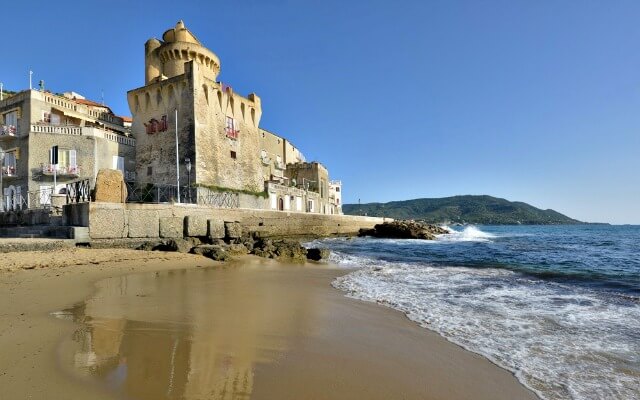 Cilento National Park
Cilento National Park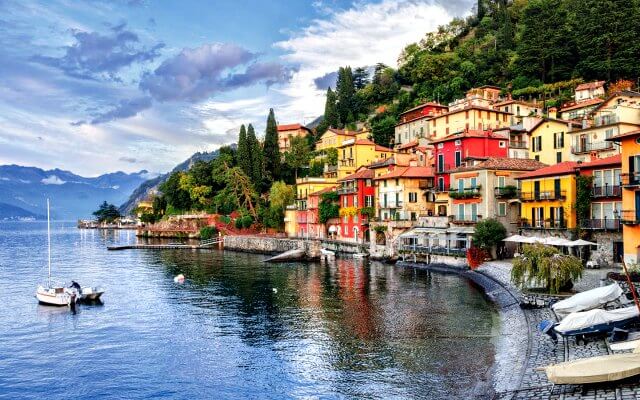 Lake Como
Lake Como Rome and Latium
Rome and Latium Umbria
Umbria Capri and Ischia
Capri and Ischia Venice
Venice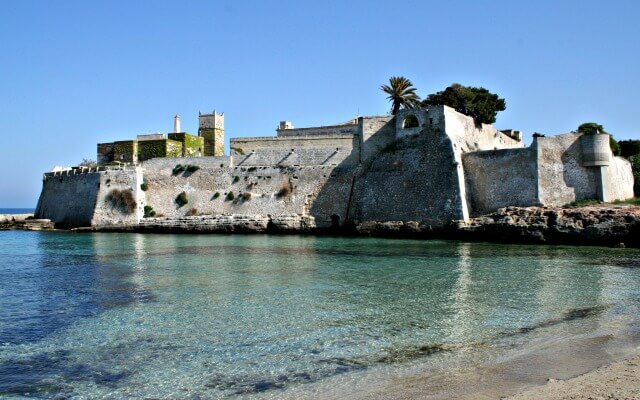 Puglia (Apulia)
Puglia (Apulia)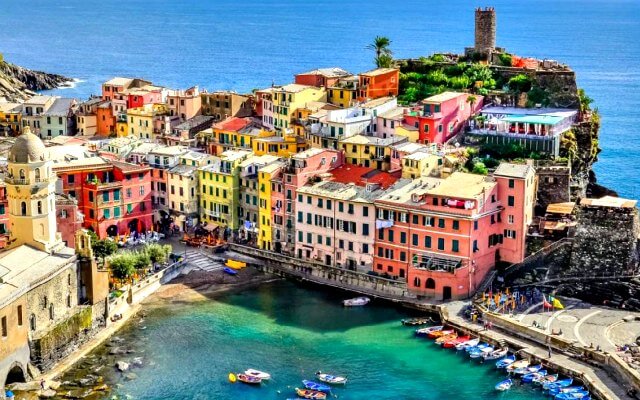 Liguria
Liguria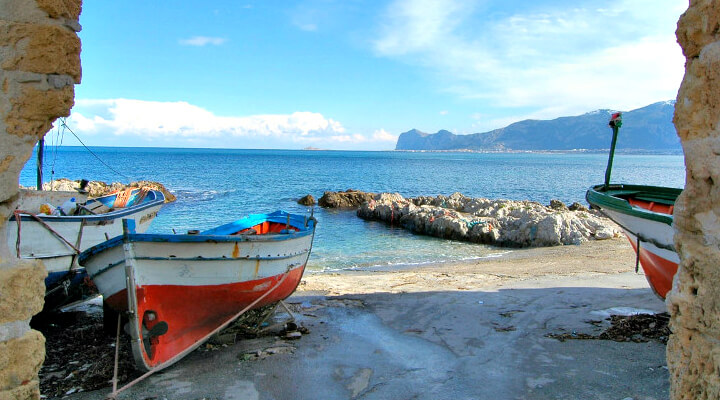 Sicily
Sicily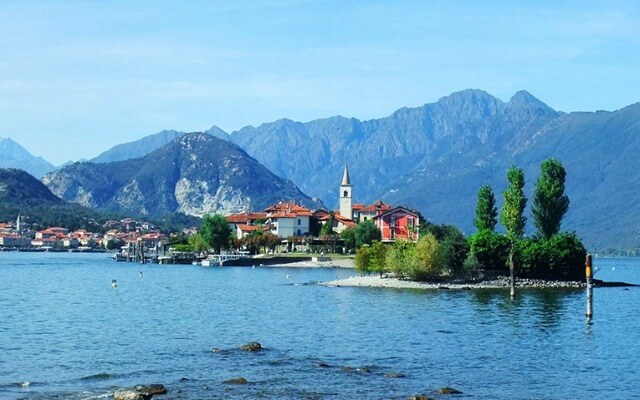 Lake Maggiore
Lake Maggiore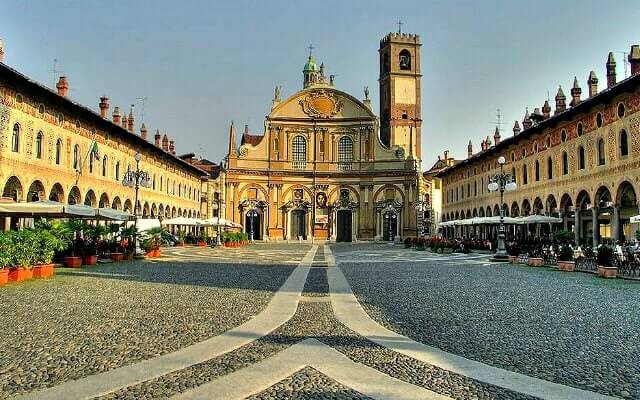 Lombardy
Lombardy Sardinia
Sardinia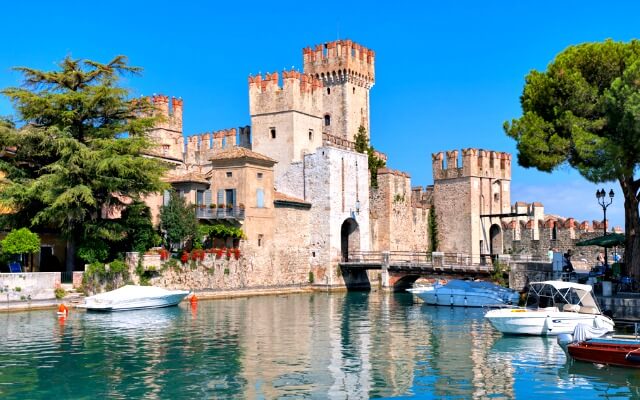 Lake Garda
Lake Garda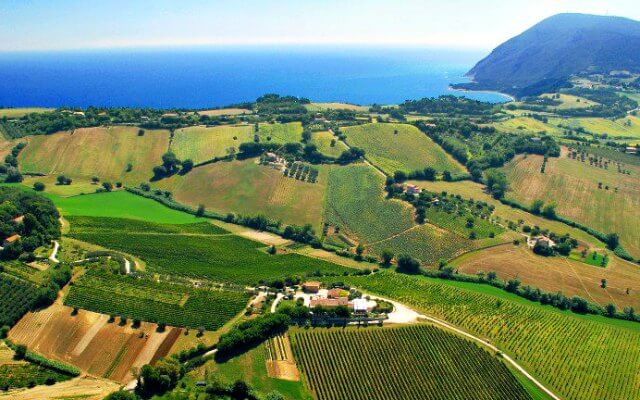 Abruzzo and Marche
Abruzzo and Marche Calabria
Calabria